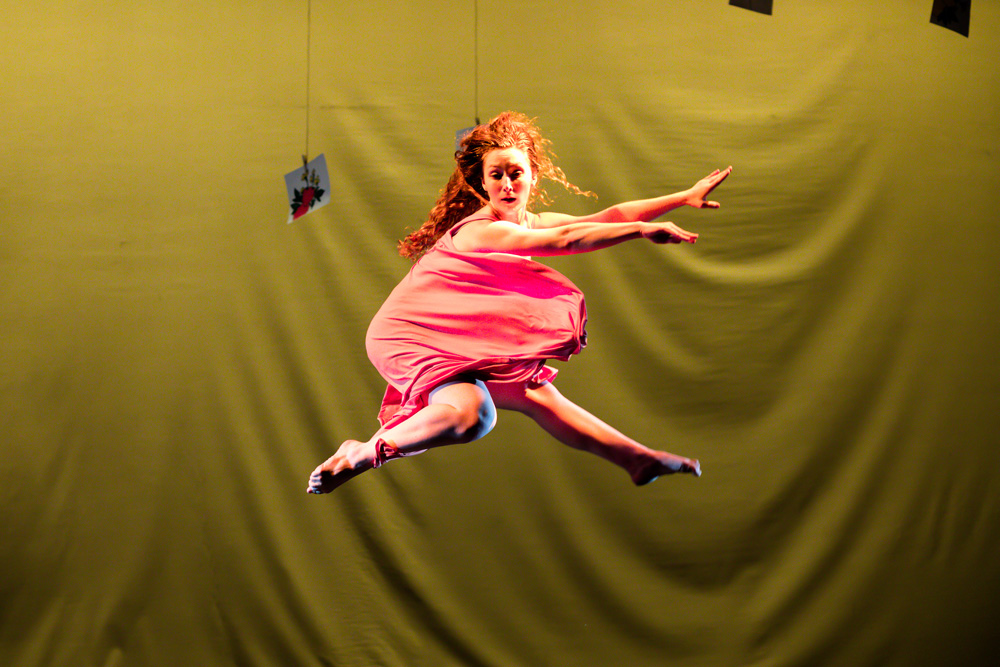“The future belongs to young people with an education and the imagination to create.” –President Barack Obama
Learning art, and learning through art, helps students develop the knowledge, skills, and creative capacity to succeed in their studies, work, and life. As a part of continuing efforts to improve and enrich the instruction and learning opportunities that we provide our students, Mont’Kiara International School has been working towards greater integration of the arts in instruction and creating an ‘arts rich’ environment within the school to help support students’ holistic growth and learning.
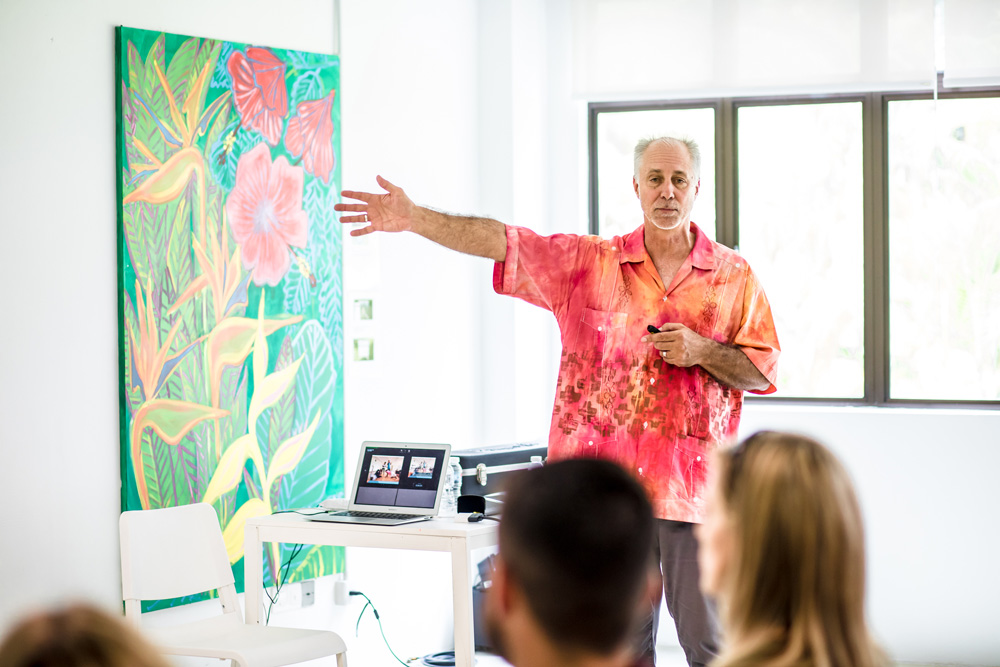
The Arts in Schools
There are three ways to view arts education in schools: through the arts as curriculum, through arts-enhanced instruction, and through arts integration. Arts as curriculum refers to formal classes offered in visual and performing arts offered by the school. Arts-enhanced instruction refers to using songs, visuals, or other artistic media to support teaching in a subject. A well-known example would be singing the ABC’s as a tool to learn the alphabet. Most people are familiar with both of these approaches to teaching the arts.
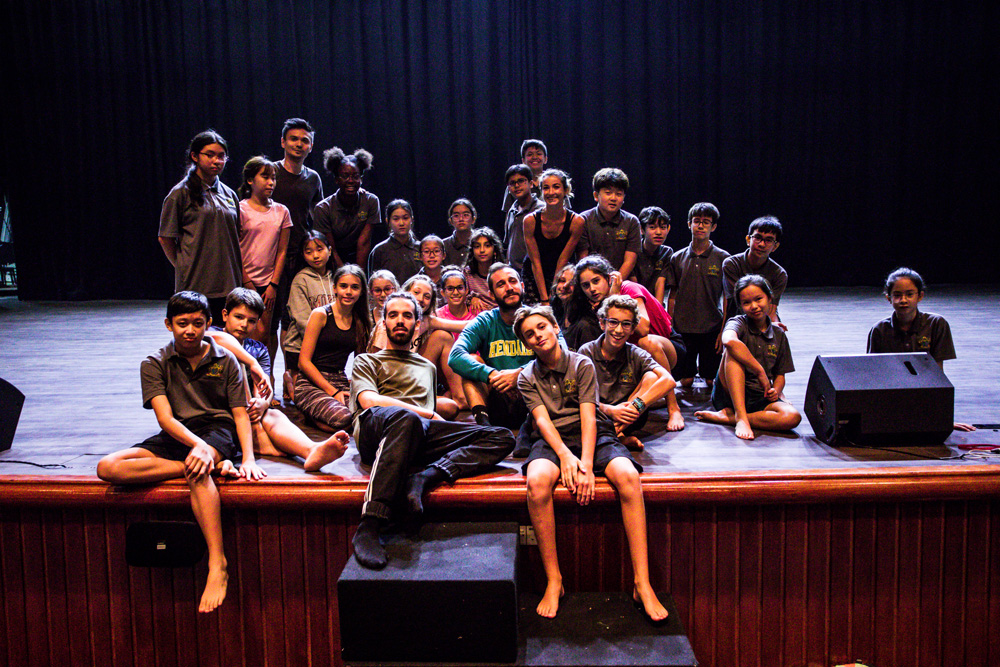
Arts integration may be less familiar. The Kennedy Center in Washington, D.C. defines Arts Integration as an approach to teaching in which students demonstrate understanding through art and engage in a creative process that connects art to another subject. Teachers approach their curriculum by integrating standards and concepts in the arts with standards from other subjects. Concepts from the art and the other subject are both taught and assessed.
Evolving STEM into STEAM
Much has been written about the need for STEM education, learning in Science, Technology, Engineering, and Math, to meet growing demands in these fields. Recently, more and more educators are calling for the arts to be integrated into STEM initiatives in STEAM approaches that leverage inclusion of the arts to promote design-thinking, creativity, curiosity, and engagement.
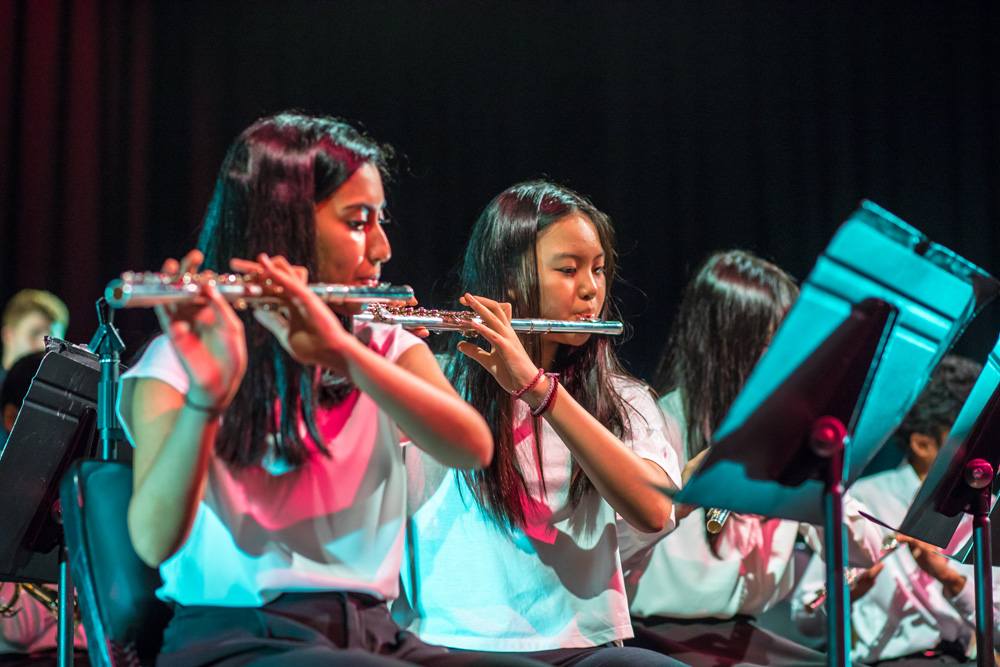
The process of becoming a truly “arts-integrated” school is a long journey requiring collaboration, professional learning, and passion. Earlier this year, Stuart Stotts, a Kennedy Center teaching artist, visited Mont’Kiara International School to lead arts integration workshops for the entire faculty. Commenting on the power of the arts to support the development of 21st-century skills, Stuart shared, “I think that the subject of the professional development, Arts Integration, is a natural fit to expand on the excellent practices that teachers at Mont’Kiara International School already bring to their instruction. I think that many of the teachers I worked with recognize the value of nurturing creativity, collaboration and critical thinking in explicit activities and ongoing emphasis.”
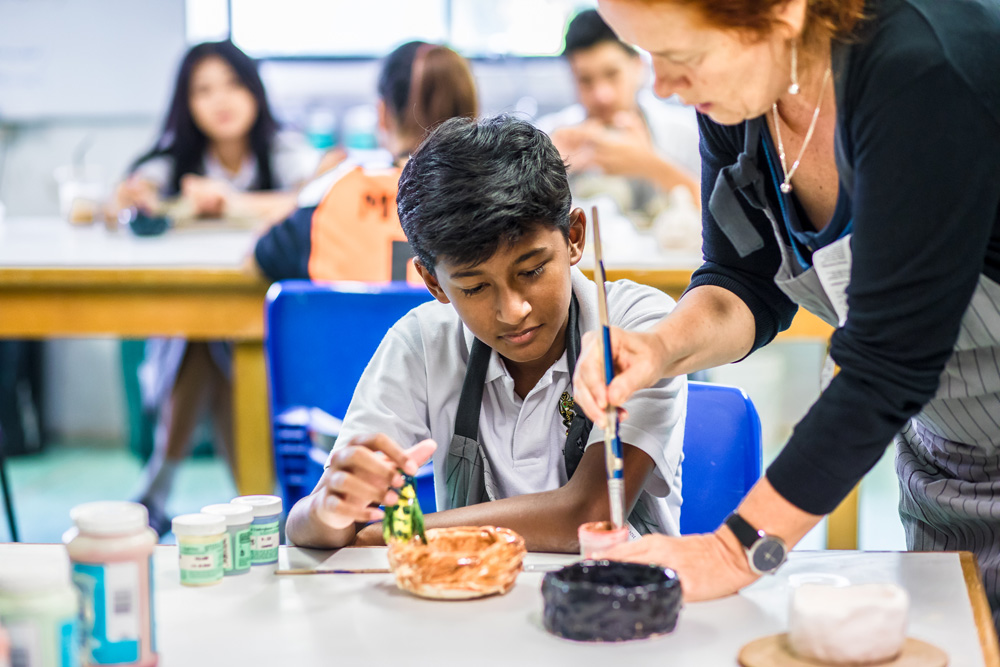
Clearly, creating an arts-rich school environment is a powerful way to support student learning and develop 21st century skills, whether it is approached through rich formal arts programming, the use of music and visual arts to enhance instruction, or in a fully arts-integrated approach. Few things have the power to connect us as powerfully to the world, ourselves, and each other as does art. As educators increasingly recognize the value of creativity and social-emotional growth to student learning, the value of the arts in education becomes clearer each day.
Written by Mr. Matthew Boomhower, Head of Innovation and Learning at Mont’Kiara International School.
"ExpatGo welcomes and encourages comments, input, and divergent opinions. However, we kindly request that you use suitable language in your comments, and refrain from any sort of personal attack, hate speech, or disparaging rhetoric. Comments not in line with this are subject to removal from the site. "


